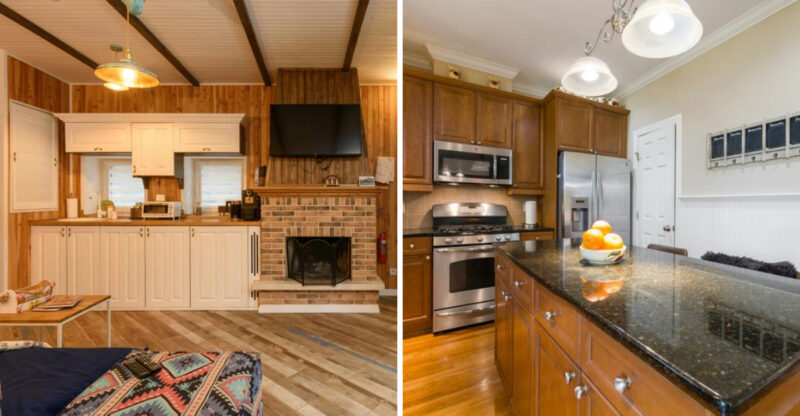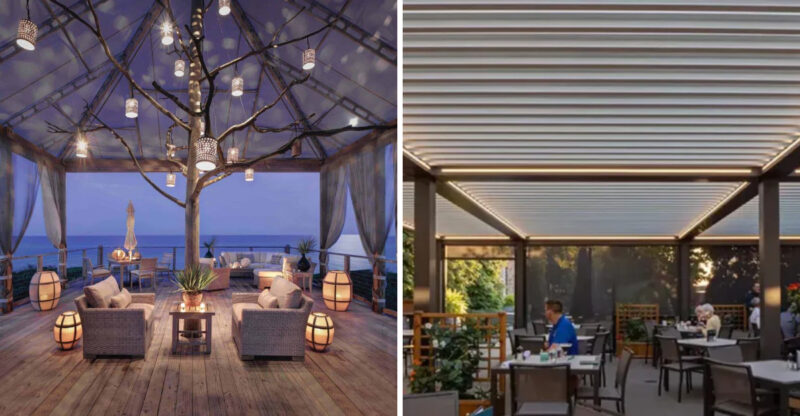11 Home Styling Mistakes That Happen More Often Than You Think
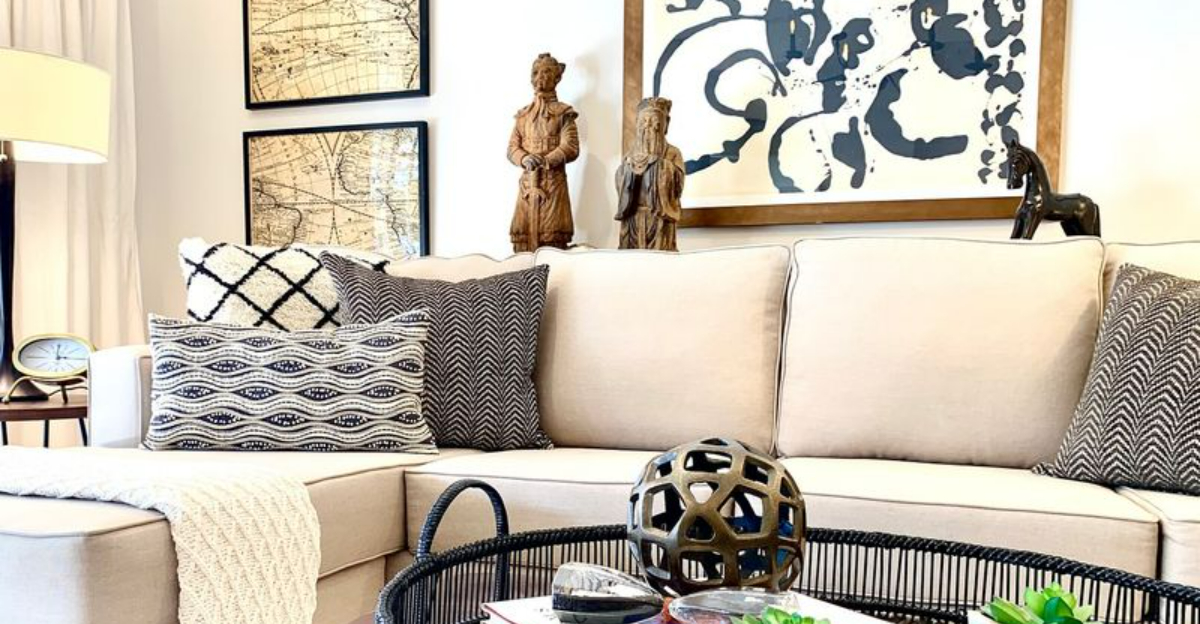
Ever walked into someone’s home and felt something was off, but couldn’t quite put your finger on it? Home styling mistakes can make even beautiful spaces feel awkward or uncomfortable.
Whether you’re decorating your first apartment or refreshing your family home, these common errors can throw off your entire design. Let’s explore the most frequent styling blunders and how to fix them!
1. Matching Everything Too Perfectly
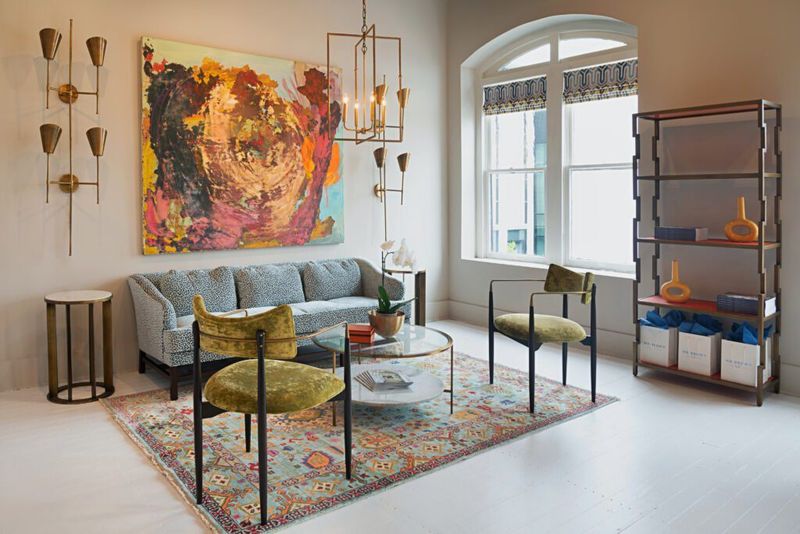
Those matching furniture sets from showrooms might seem like a safe bet, but they often create spaces that feel flat and impersonal. Your home shouldn’t look like a furniture store display!
Mix different styles, textures, and time periods to create visual interest. Pair that modern sofa with a vintage coffee table, or add handcrafted items alongside mass-produced pieces. The goal is curated, not matched. Your personality shines through these thoughtful combinations, making your space feel authentic rather than catalog-ordered.
2. Inadequate Lighting Layers
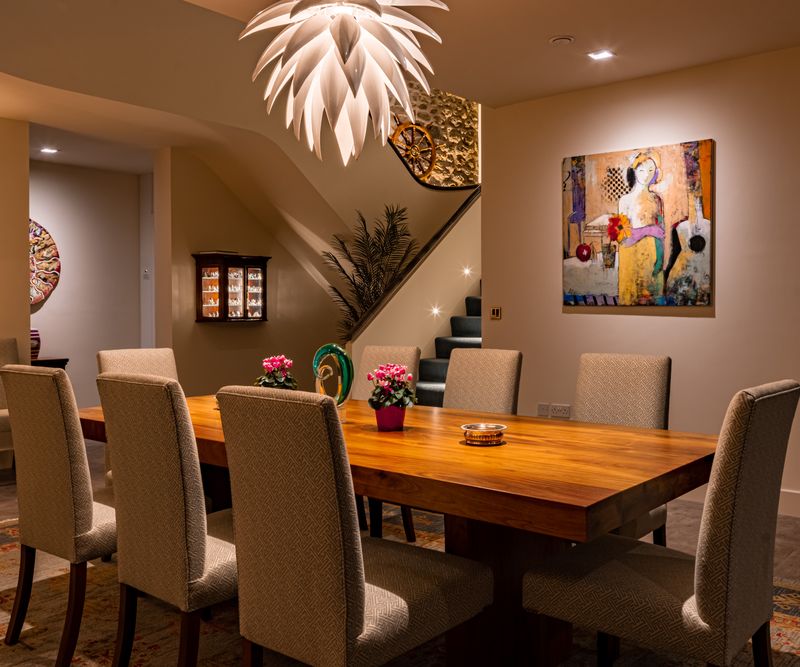
Relying solely on that harsh overhead light makes everyone look terrible and creates an uninviting atmosphere. Good lighting transforms spaces, yet it’s frequently overlooked.
Every room needs three lighting types: ambient (general illumination), task (for specific activities), and accent (highlighting features). Floor lamps, table lamps, and wall sconces create warm pools of light at different heights. Adding dimmers allows you to adjust the mood throughout the day. Proper lighting layers make spaces feel simultaneously cozy and functional.
3. Forgetting About Empty Wall Space
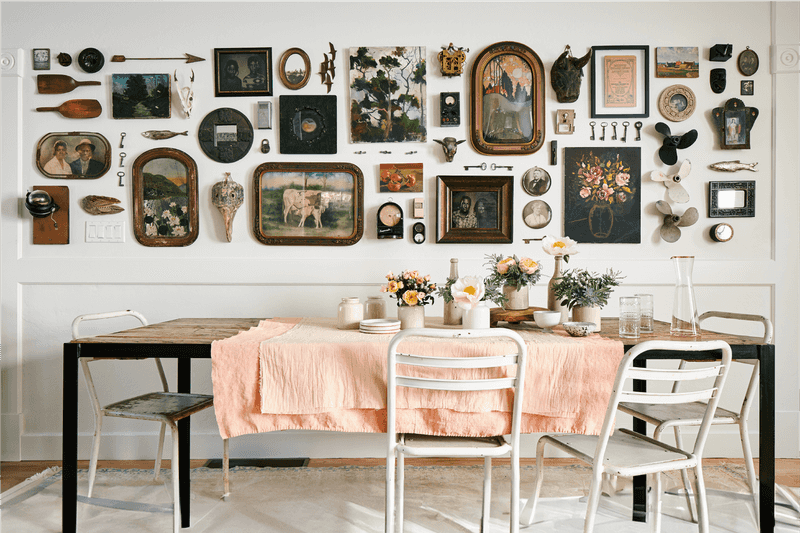
Blank walls scream ‘I just moved in!’ or ‘I gave up halfway through decorating!’ Yet many homes feature these forgotten vertical expanses that could be working much harder.
Empty walls offer prime real estate for expressing personality through art, mirrors, shelving, or textiles. Gallery walls showcase collections, while large-scale pieces make bold statements. Even functional items like hooks, baskets, or floating shelves add character while increasing storage. Your walls should contribute to your home’s story, not just serve as boundaries between rooms.
4. Using Uncomfortable Dining Chairs
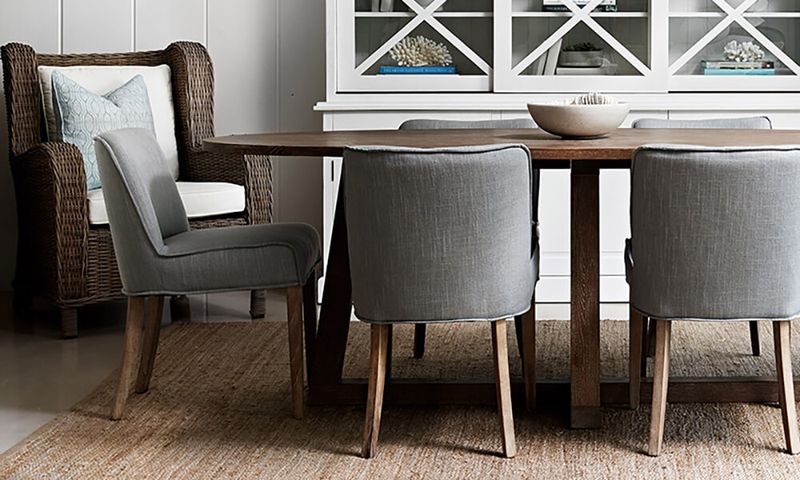
Those gorgeous but rock-hard dining chairs might look stunning on Instagram, but they’ll leave your dinner guests shifting uncomfortably and cutting visits short. Comfort shouldn’t be sacrificed for style, especially in spaces meant for lingering conversations.
Test chairs before buying by sitting for at least five minutes. Look for ergonomic features like slight reclines, curved backs, and adequate cushioning. If you’ve already invested in beautiful but uncomfortable chairs, add cushions that complement your décor. Remember that the best dining spaces encourage people to relax and stay awhile.
5. Overlooking Entryways

First impressions matter, yet many people treat their entryways as mere pass-through spaces rather than important transitional areas. A neglected entryway sets a disappointing tone for the rest of your home.
Even small entryways deserve thoughtful styling with functional elements like a slim console for keys, hooks for coats, and a mirror for last-minute checks. Add personality with art, a small lamp, or a plant. Creating an organized, welcoming entry experience signals that the rest of your home will be equally considered.
6. Ignoring Window Treatments
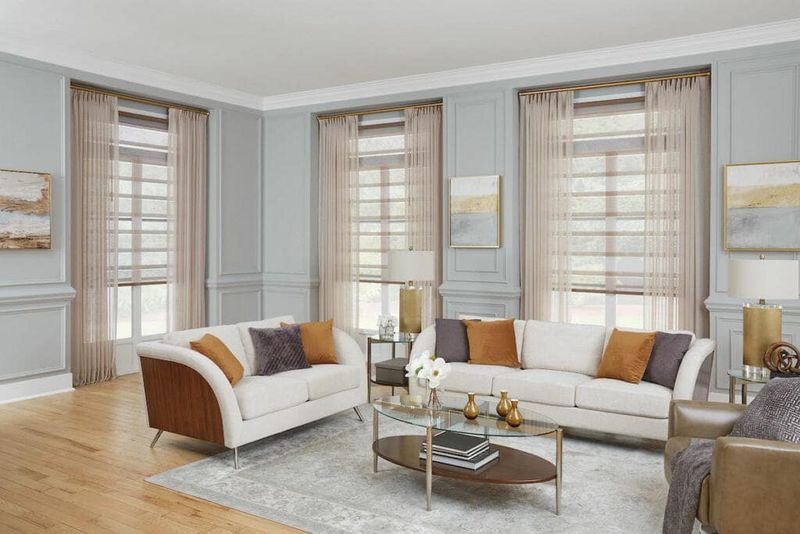
Windows are the eyes of any home, but they are often neglected in styling. Without proper treatments, a room may feel incomplete or overly stark. Imagine a living room flooded with harsh sunlight or a bedroom exposed to prying eyes.
The right window treatments, from sheer curtains to heavy drapes, can transform a space. They provide privacy, control natural light, and add layers of texture and color. Ignoring them is a missed opportunity.
Consider the mood you want to create and select treatments accordingly. This small change can elevate the entire atmosphere of your room.
7. Overstuffing Shelves
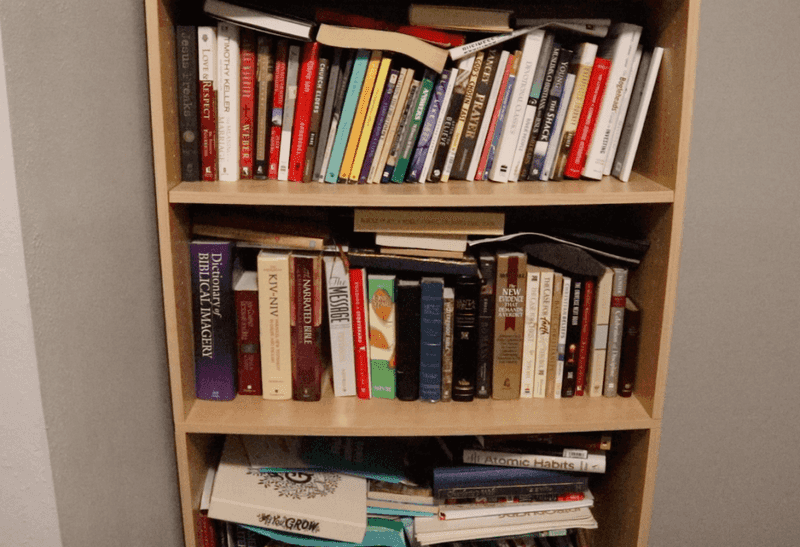
Bookshelves often become unintended catch-alls, crammed with more than they can handle. Overstuffing shelves not only looks chaotic but also loses the charm of showcasing curated collections.
Imagine a shelf where every inch is occupied, leaving no space for the eye to rest. It distracts rather than delights.
To remedy this, consider rotating items seasonally or thematically. Leave breathing room for each piece to shine. A well-organized shelf with thoughtful spacing can be a focal point that enhances rather than overwhelms.
8. Misplaced Area Rugs
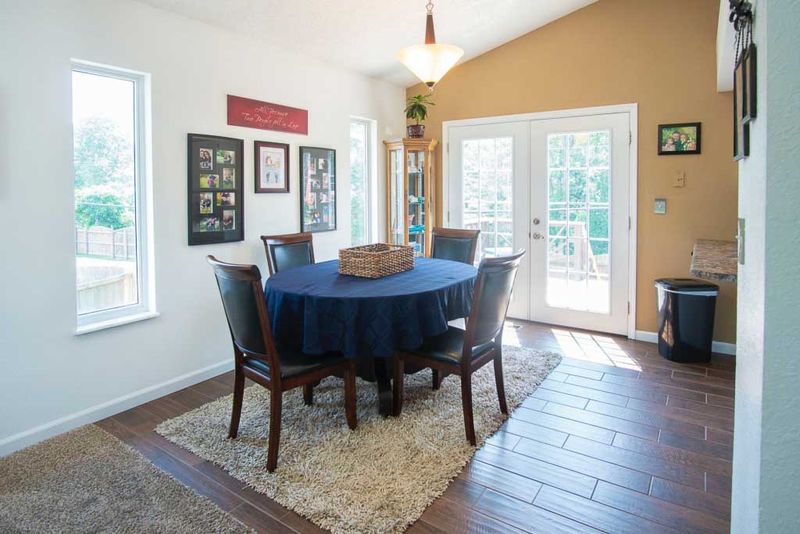
An area rug that isn’t proportional to its space or furniture can disrupt the flow of a room. Picture a dining room where the rug only fits halfway under the table, causing chairs to wobble.
Such misplacement can make a room feel unbalanced and awkward. Rugs should anchor a space, defining zones and adding warmth.
To avoid this, ensure your rug is appropriately sized. It should extend beyond the edges of furniture, providing a cohesive look. This thoughtful placement can enhance comfort and visual appeal.
9. Neglecting Layered Textures
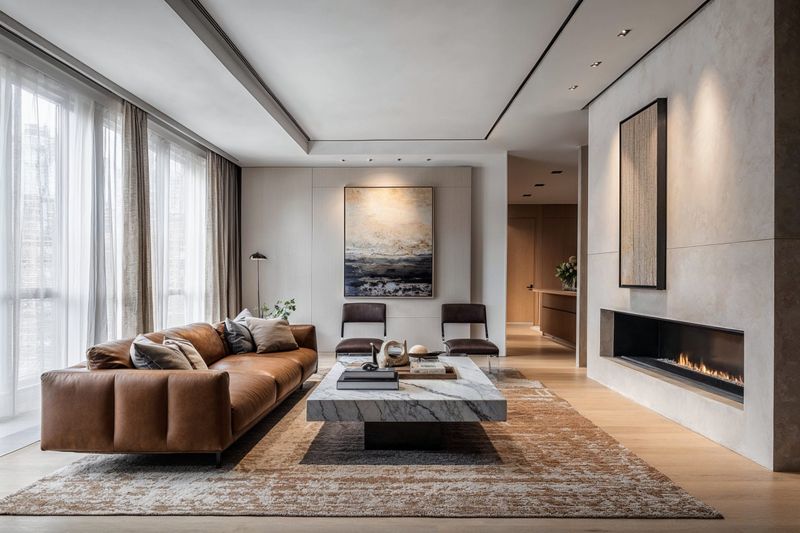
Imagine stepping into a room that feels cold and uninviting. Often, the absence of varied textures can make a space feel flat.
Incorporate different materials like soft wools, sleek metals, and natural woods to add depth. This creates a tactile environment that’s visually appealing.
Layering textures doesn’t require bold colors. Even subtle variations can transform a room’s ambiance. Don’t miss the opportunity to enrich your space.
10. Ignoring Personal Touches
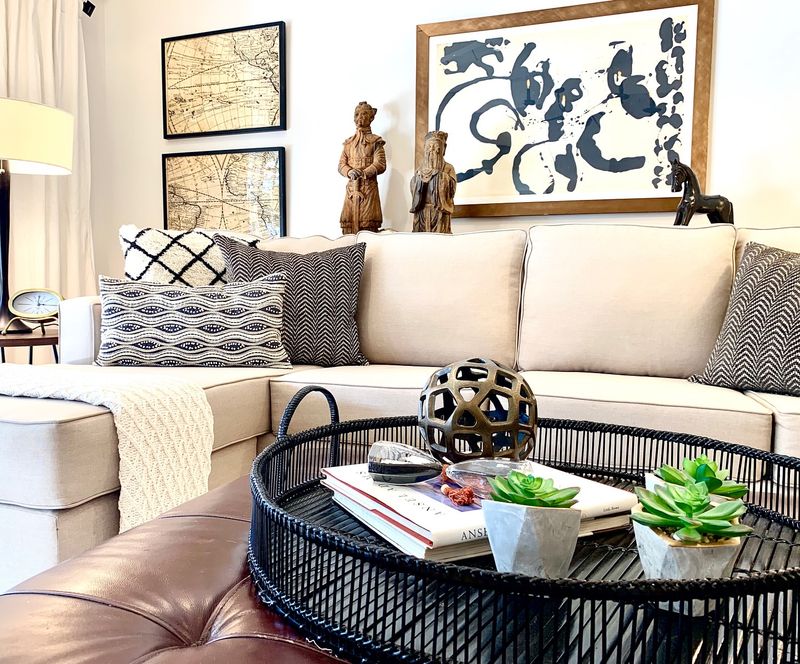
Homes should reflect the personality of their inhabitants. Without personal touches, spaces may seem generic.
Include items like family photos, heirlooms, or travel mementos to personalize your environment. These elements make your home uniquely yours.
Adding personality doesn’t have to be extravagant. Simple, meaningful items can speak volumes about who you are and what you love.
11. Underestimating Impact of Color Accents
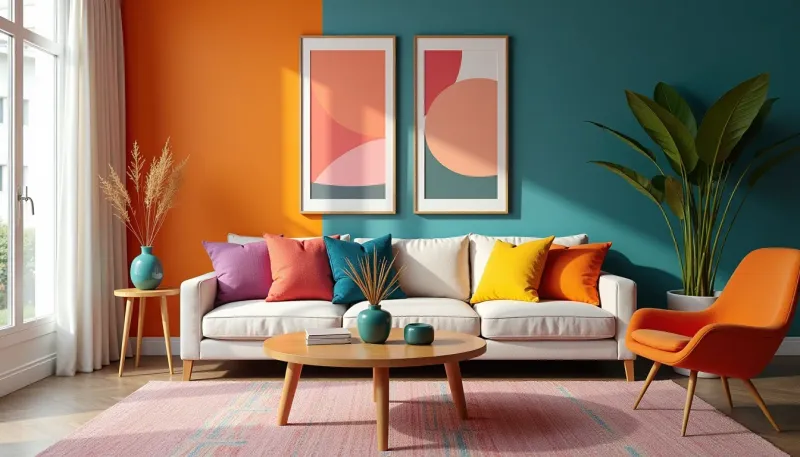
Color has the power to influence mood and perception. Rooms lacking color accents can feel dull.
Introduce splashes of color through accessories like cushions, artwork, or even a vibrant piece of furniture. These elements can invigorate a space instantly.
Experiment with bold or subtle hues to find the perfect balance. A well-chosen color accent can redefine the ambiance of any room.

